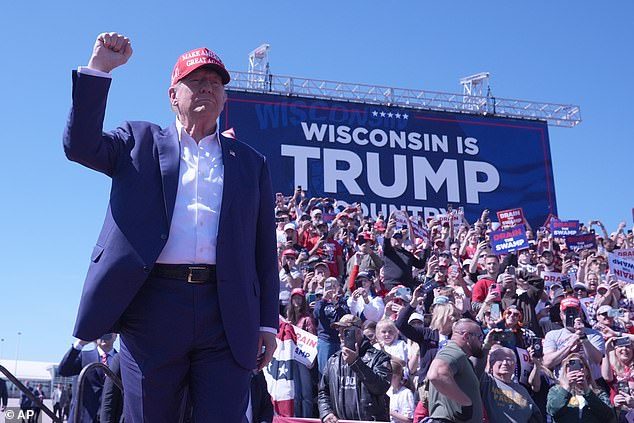The race for the White House is tightening in two states that were previously considered solidly Republican.
The latest polls suggest the southern states of Texas and Florida, which Trump won comfortably by 5 and 4 points respectively in 2020, are now much closer than at any point in the race.
Trump won Florida in both 2016 and 2020, securing 30 electoral votes, while Texas, which has remained solidly red since 1976, was also won by Trump in 2020, earning him 40 electoral college votes.
But the former president has seen his support among most demographic groups erode since his Democratic rival in the Nov. 5 election, Vice President Kamala Harris, replaced President Joe Biden on the Democratic ticket over the summer.
Now things could be about to change in states that were never considered key or swing states, with the latest Emerson College polls suggesting Harris is now within the margin of error (about 3 points) in both.
Republican presidential candidate Donald Trump spoke Saturday at a rally in Wisconsin, a swing state that could decide the election.
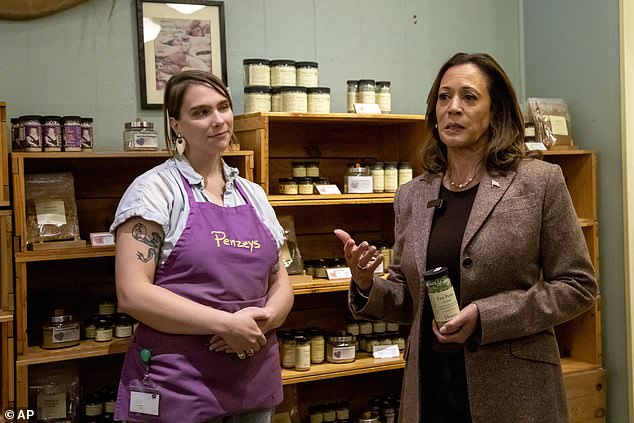
Democratic presidential candidate Vice President Kamala Harris, right, is seen during a campaign stop at Penzeys Spices in Pittsburgh.
The poll suggests Trump has only a slight lead in his home state of Florida, with 50 percent, compared to Harris with 45 percent.
In Texas things are even more complicated with only Four percentage points separate the pair at 50 percent, compared to Harris’s 46 percent, well within the margin of error.
Texas has remained a distinctly Republican state since the late 1970s, despite attempts by Democrats to turn the state Democratic.
In Florida, the state has become increasingly Republican since Obama won the presidential elections in 2008 and 2012.
The steady shift toward the Republican Party is largely due to the rise in the number of registered Republicans in the state, with one million more GOP supporters registered to vote than Democrats.
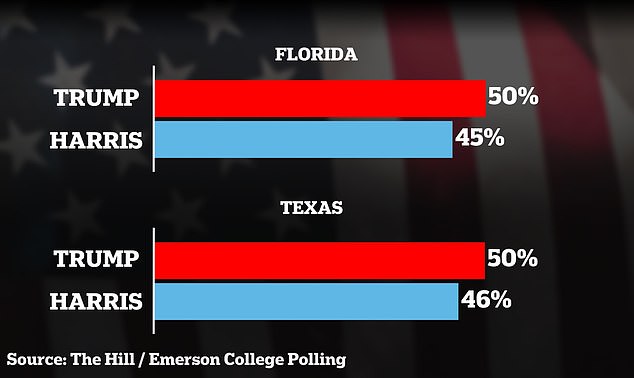
The latest polls suggest the southern states of Texas and Florida, which Trump won comfortably by 5 points and 4 points respectively in 2020, are now much closer.
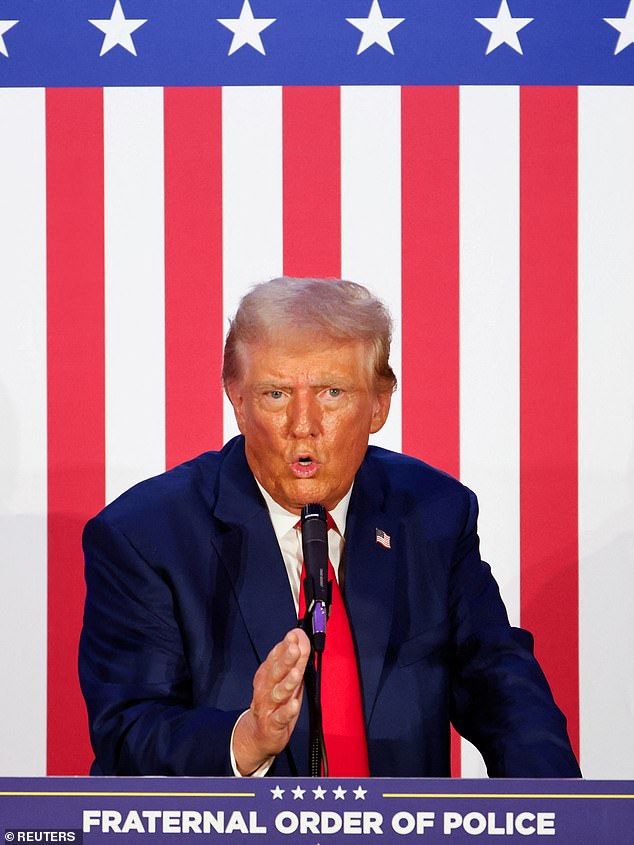
Donald Trump gestures as he addresses the Fraternal Order of Police at their meeting in Charlotte, North Carolina, on Friday.

Kamala Harris was greeted by Senator John Fetterman and his wife Gisele Barreto Fetterman at the Pittsburgh airport on Friday
County election supervisors revealed that there are currently 5.3 million active Republican voters in Florida, compared to 4.3 million active Democratic voters.
But Florida could still swing the other 3.9 million voters who are not affiliated with any political party or are affiliated with minor parties.
Nationally, Harris leads Trump among Hispanic voters by 13 percentage points, according to the latest Reuters/Ipsos poll, conducted in August, while Biden led that demographic by just five points in May.
He has also increased his support among black Americans, outpacing Biden by seven points among that demographic.
But these same polls show that he has barely managed to influence the white vote.
Whites without college degrees, long the linchpin of Trump’s coalition, still favor the former president by 25 points, according to the latest Reuters/Ipsos poll.

Trump dances as he leaves a campaign event in Mosinee, Wisconsin
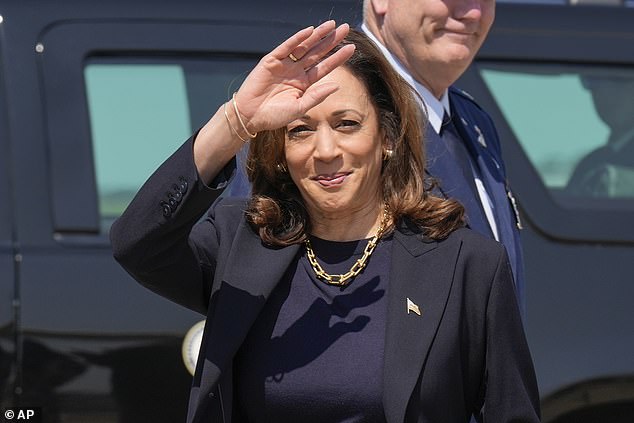
Kamala Harris greets reporters upon arrival in Pittsburgh days before the first presidential debate
They favored Trump by 29 points when he was running against Biden.
That relative resilience among white voters represents an electoral bright spot for Trump, and several Trump advisers and allies have said in recent weeks that maintaining the former president’s margins within that demographic will be crucial if he wants to defeat Harris.
This is especially true in the so-called Northern Rust Belt states, including Wisconsin, which are majority white and have large rural populations.
Trump relied heavily on these voters as he swept key Rust Belt states en route to his 2016 victory over Democratic nominee Hillary Clinton.
Biden won the White House in 2020 in part by turning some of these voters back to the Democratic Party.
While the Trump campaign has identified Hispanics and black men as a key area of growth for the Republican Party, much of Trump’s campaigning in recent weeks has taken place in small cities and towns in the Rust Belt that are not diverse.
Trump’s running mate, Ohio U.S. Sen. J.D. Vance, is expected to come down particularly hard on relatively rural areas of the Rust Belt in the final weeks before the election.

